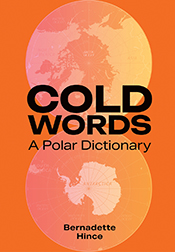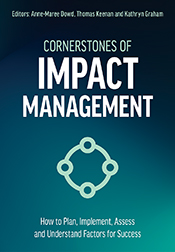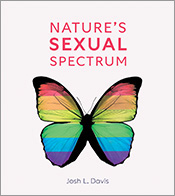Sharing Knowledge
A Guide to Effective Science Communication
A guide to effective science communication for scientific managers, researchers, communicators and policy makers.
Human knowledge is growing faster today than at any time in history - far outracing our ability to share it. The gap between those with access to knowledge and those without has implications for future global stability. At the national level, the effectiveness of knowledge sharing influences the rate at which countries grow and achieve sustainability.
Sharing Knowledge is a guide for scientific managers, researchers, communicators and policy makers on practical, low-cost ways to add value to science by assisting its adoption or commercialisation. It is also a valuable text for the teaching of public awareness of science and science communication at tertiary level.
Contents
Chapter 1
Chapter 2
Chapter 3
Chapter 4
Chapter 5
Chapter 6
Chapter 7
Chapter 8
Chapter 9
Chapter 10
Chapter 11
Chapter 12
Key messages
Endnotes
Authors
Julian Cribb is a science communicator, journalist and editor of several newspapers and books. His published work includes over 7000 newspaper articles, 1000 broadcasts, and three books and has received 32 awards for science, medical, agricultural and business journalism. He was Director, National Awareness, for Australia’s science agency, CSIRO, foundation president of the Australian Science Communicators, and originated the CGIAR's Future Harvest strategy.Tjempaka Sari Hartomo is the External Communication Coordinator for the Indonesian national science agency LIPI. She is a library studies graduate of the University of Indonesia and holds an MA from the University of New South Wales. She is Secretary General of the Australian Alumni Association of Indonesia, a member of the Indonesia-Australia Business Council and a member of the American Library Association. Her published work includes numerous articles in the field of librarianship, information and communication.
Also by these authors Open Science: Sharing Knowledge in the Global Century








